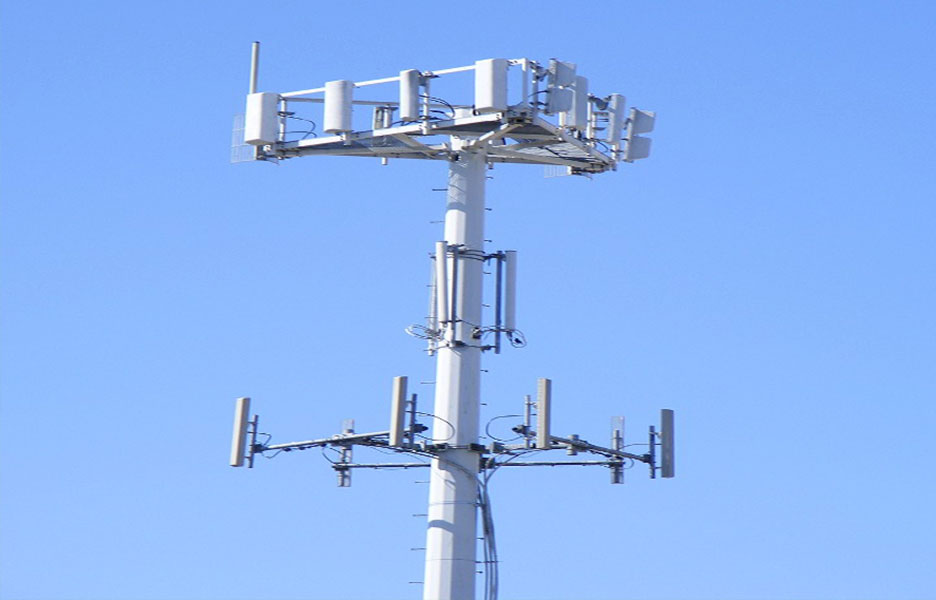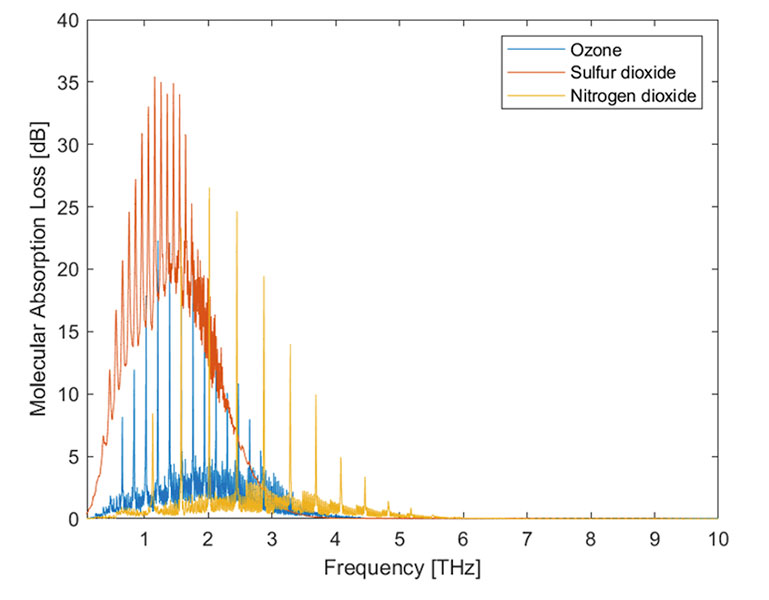The Problem
The modern world faces many threats. One of these is climate change, which is already affecting many regions, with effects varying from flooding to droughts. Weather patterns are becoming more extreme, and crucial ecosystems (like the oceans) now experience climate stress.
It is well-known that human activity has increased the atmospheric concentration of polluting gases such as sulphur dioxide and nitrogen dioxide, and of greenhouse gases such as carbon dioxide and methane. The first stage in remediation is monitoring the concentrations, and then making decisions based on the monitoring data. Such decisions might include policy interventions to incentivise good practices and to penalise those who are not doing their share.
Greenhouse gas production in dairy farming in Ireland is a major concern and is being targeted in Ireland’s Climate Action Plan. Farmers accept that improvements are necessary but are concerned that their sector is becoming a scapegoat. Objective measurement of the effect of different farming practices, localised to farms and even individual pastures within farms, would help to share the climate mitigation load equitably. This is why VistaMilk, through its Targeted Project with Verkot from Finland, sponsored research on this topic in the Walton Institute.

Production of methane (CH4, a potent greenhouse gas) by dairy cows. Source: Teagasc “Agricultural Emissions – greenhouse gases and ammonia”, July 2020
A Possible Solution
There is intense research activity regarding beyond 5G wireless communication and the infrastructure that it needs. Most of the focus has been on improved connectivity (higher data rates, more reliability, lower delay) between people and between devices. Newer devices have greatly enhanced capabilities compared to the existing generation, but developing and deploying them will cost money. Therefore, researchers have been looking for ways to exploit such equipment to provide new services in addition to their primary purpose of wireless communication.
In that regard, researchers at the Walton Institute, SETU have considered the potential for new wireless communication infrastructure (including cell towers, user equipment and supporting devices) to offer low-cost, pervasive sensing of gas concentration. No new hardware is needed, but advanced signal processing and machine learning can be used to estimate the concentration of gases in the atmosphere with impressive spatial resolution.

A (previous generation!) cell tower. Newer beyond 5G access points (small cells) will be much less intrusive. Source: https://en.wikipedia.org/wiki/Cell_site
Our contribution.
Working with research partners Prof Sasitharan Balasubramaniam (University of Nebraska-Lincoln, and formerly Director of Research at the Walton Institute) and Prof Josep M. Jornet (Northeastern University), Prof Mehmet C. Vuran (University of Nebraska-Lincoln), Prof Yevgeni Koucheryavy (Verkot), the Walton team (Dr Bernard Butler and Mr Lasantha Thakshila Wedage, both from the Emerging Networks Laboratory in the Walton Institute) identified frequency ranges in which electromagnetic waves react strongly with specific gases. Over these higher frequency ranges, which are being considered for beyond 5G communication, the absorption profile is unique for each gas. Indeed, we say that each profile provides a fingerprint for the gas, and the degree of absorption over those frequencies helps to estimate the concentration of that gas.
The newer infrastructure needs to be able to 1) vary its operating frequency and 2) measure received signal strength, to ensure robust communication. Therefore, the key capabilities are already present. The Walton team designed mathematical models and algorithms that use these capabilities to measure gas concentrations. This work has been published in the IEEE Network Magazine with funding from VistaMilk SFI Research Center. The Walton Institute/SETU researchers acknowledge funding from SFI Research Grant 16/RC/3835.

(Simulated) absorption profiles, dependent on frequency, of a selection of atmospheric gases.
Future work
Although the device requirements are well understood, commercial-grade beyond 5G devices have not been released yet, never mind deployed in quantity sufficient to support a sensor network overlay. Therefore, the work is based on modelling and simulation at this stage. However, with a suitable partner, it would be interesting to investigate how such a system could be deployed on a large scale, and what this might mean for reducing the production of anthropogenic greenhouse and other harmful gases.
Contact: Dr. Bernard Butler and Mr. Thakshila Wedage
L. T. Wedage, B. Butler, S. Balasubramaniam, Y. Koucheryavy, J. M. Jornet and M. C. Vuran, “Climate Change Sensing through Terahertz Communication Infrastructure: A Disruptive Application of 6G Networks,” in IEEE Network, doi: 10.1109/MNET.2023.3321523.

